One common question we get asked is can premium rice cookers cook sticky rice, the answer is a big YES!
A lot of people get confused between short grain (sushi) rice and sticky rice – both are short grain rice types but they require different water levels, the taste and texture are very different and they are eaten with different things.
Many rice eating and growing countries have their own varieties of sticky rice, but this article is going to focus on the most famous of sticky rice – ข้าวเหนียว or Khao Niao. This rice originates from Thailand and is also known as glutinous or sweet rice. It can be eaten with both savoury dishes or sweet dishes; the usual accompaniments to sticky rice in Thailand are salads like laab, som tam and, of course, the popular dessert mango sticky rice. A lot of dishes from the North-Eastern part of Thailand known as Issan are paired with sticky rice rather than the traditional jasmine or Hom Mali rice in other parts of Thailand.
Traditionally, sticky rice is cooked by soaking the rice and then steaming in a funnel shaped basket or stuffed inside a stick of bamboo over an open flame. A premium rice cooker takes all the hard work out of cooking sticky rice and cooks it perfectly without needing any kind of pre-soaking.
Thai sticky rice has a slightly longer grain than other types of glutinous rice and has a very opaque grain and low amylose content and high amounts of amylopectin. Amylose and amylopectin are the two components of starch in rice and it’s the special combination of these that creates the ‘stickiness’ when the rice is cooked. It also becomes even stickier and slightly translucent when allowed to sit or when cooled and refrigerated. You can see the difference straight away between sticky rice and normal short grain rice when you compare them, the grain of sticky rice is much whiter, normal short grain has a slight transluscent look.
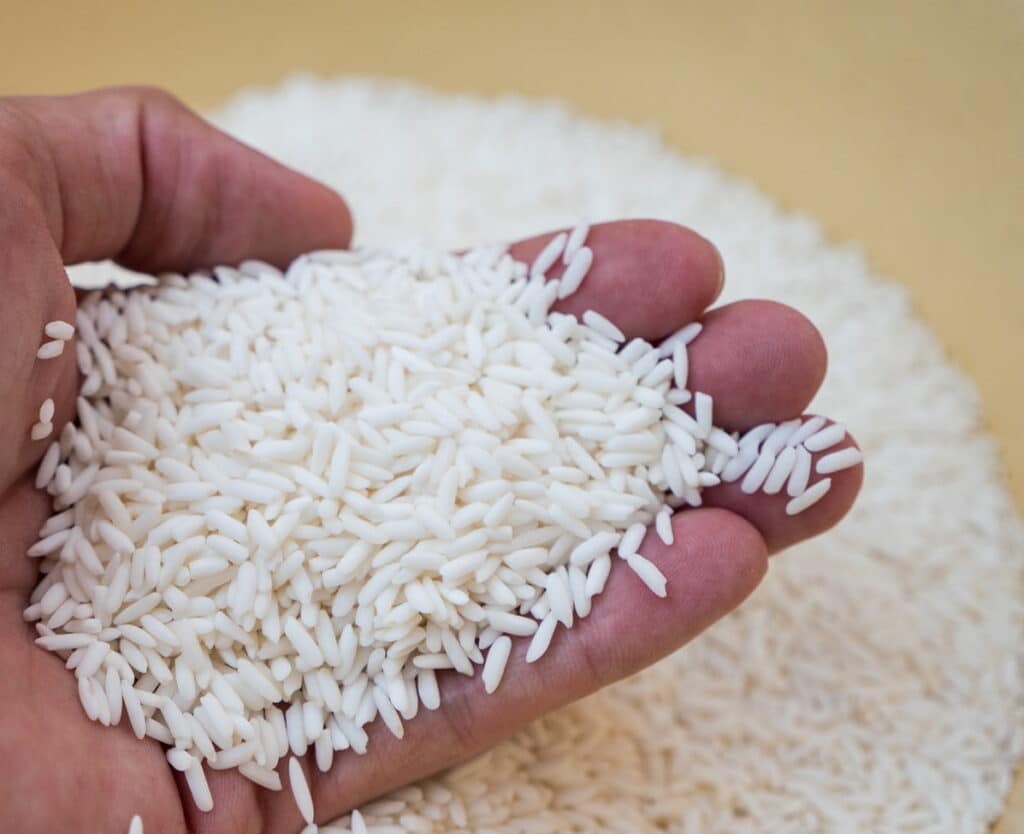
In Japan sticky or glutinous rice is pounded and moulded with water, sugar, cornflour and other flavourings to make mochi, a sweet dessert. The flavour possibilities of mochi are endless and we’ve even seen varieties of mochi with an ice cream filling!
In South Korea sticky or glutinous rice is called ‘chapssal’ and is used for desserts, rice cakes and porridge. It’s also used as stuffing in ginseng chicken soup (samgyetang).
As we previously mentioned, cooking sticky rice can be made very easy with a premium rice cooker, all that it needs is a special amount of water. In Yum Asia rice cookers, these measurements are in the manual – the guide is, add half a cup of water extra to what you do for normal short grain rice. Some Zojirushi rice cookers have a line on the bowl for ‘sweet’ rice. So all you do is add the sticky rice to the inner bowl, fill with the correct amount of water and either select the short grain setting or the sweet setting, depending on your rice cooker and then press start…it’s as simple as that. You will then have the most perfectly cooked sticky rice for you to enjoy with your meals or for a delicious mango sticky rice dessert!
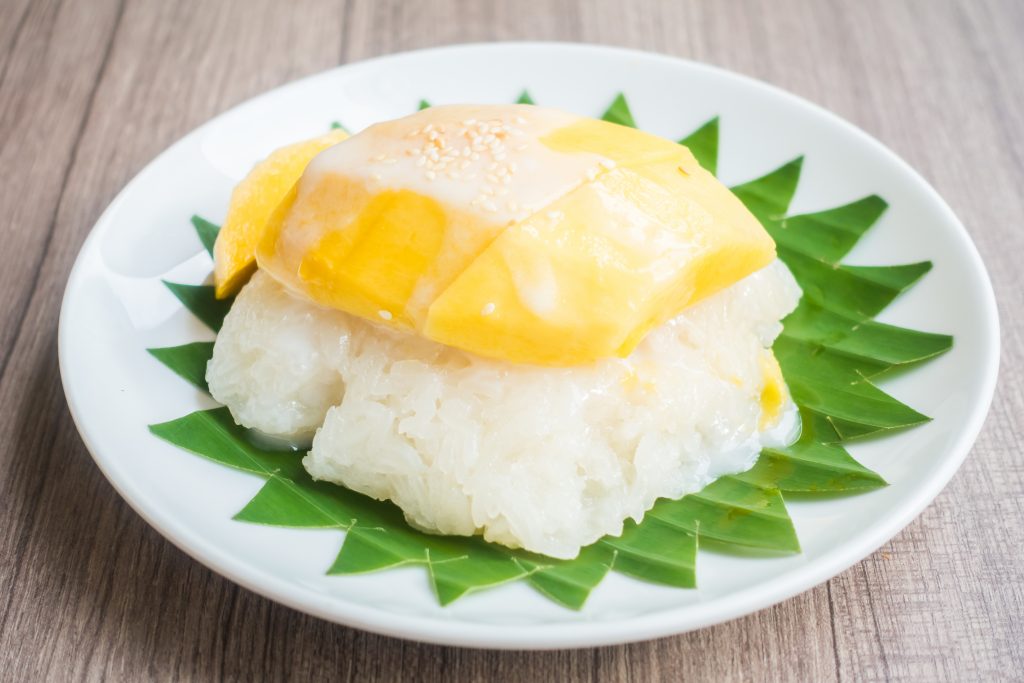







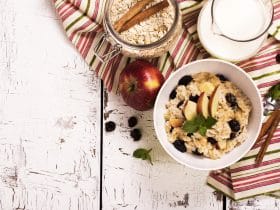

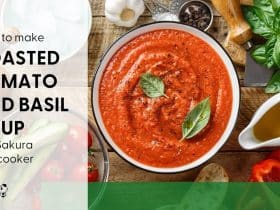
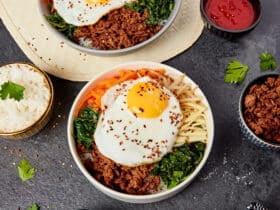
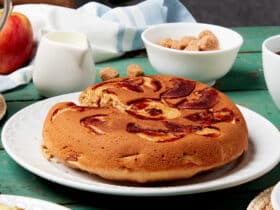
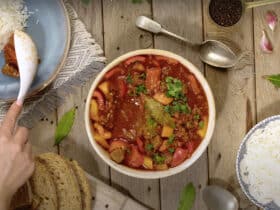
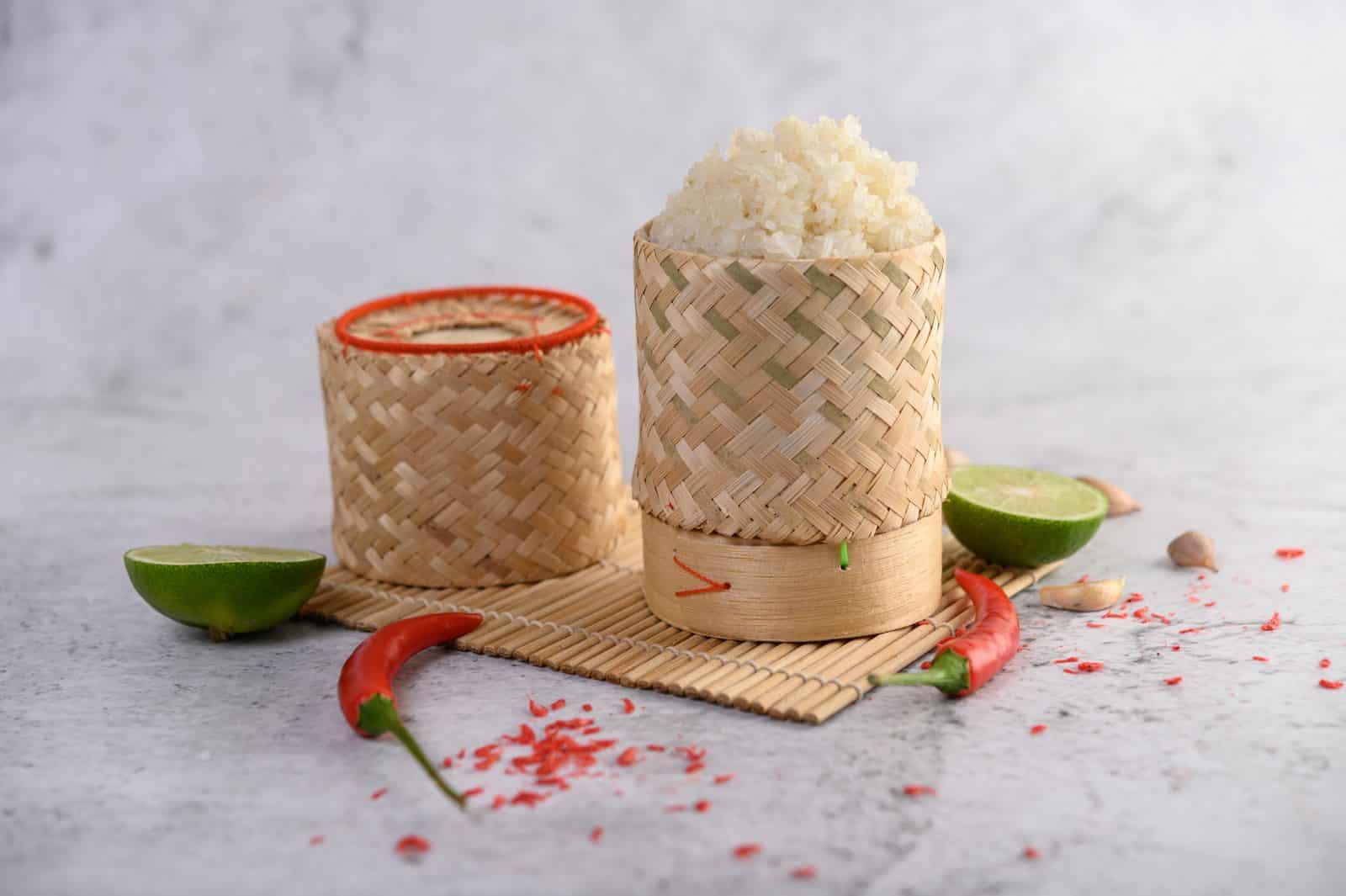

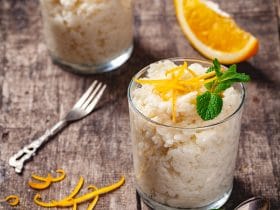
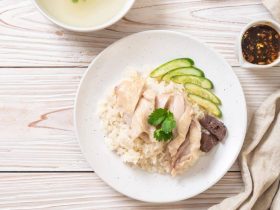
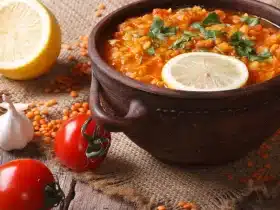

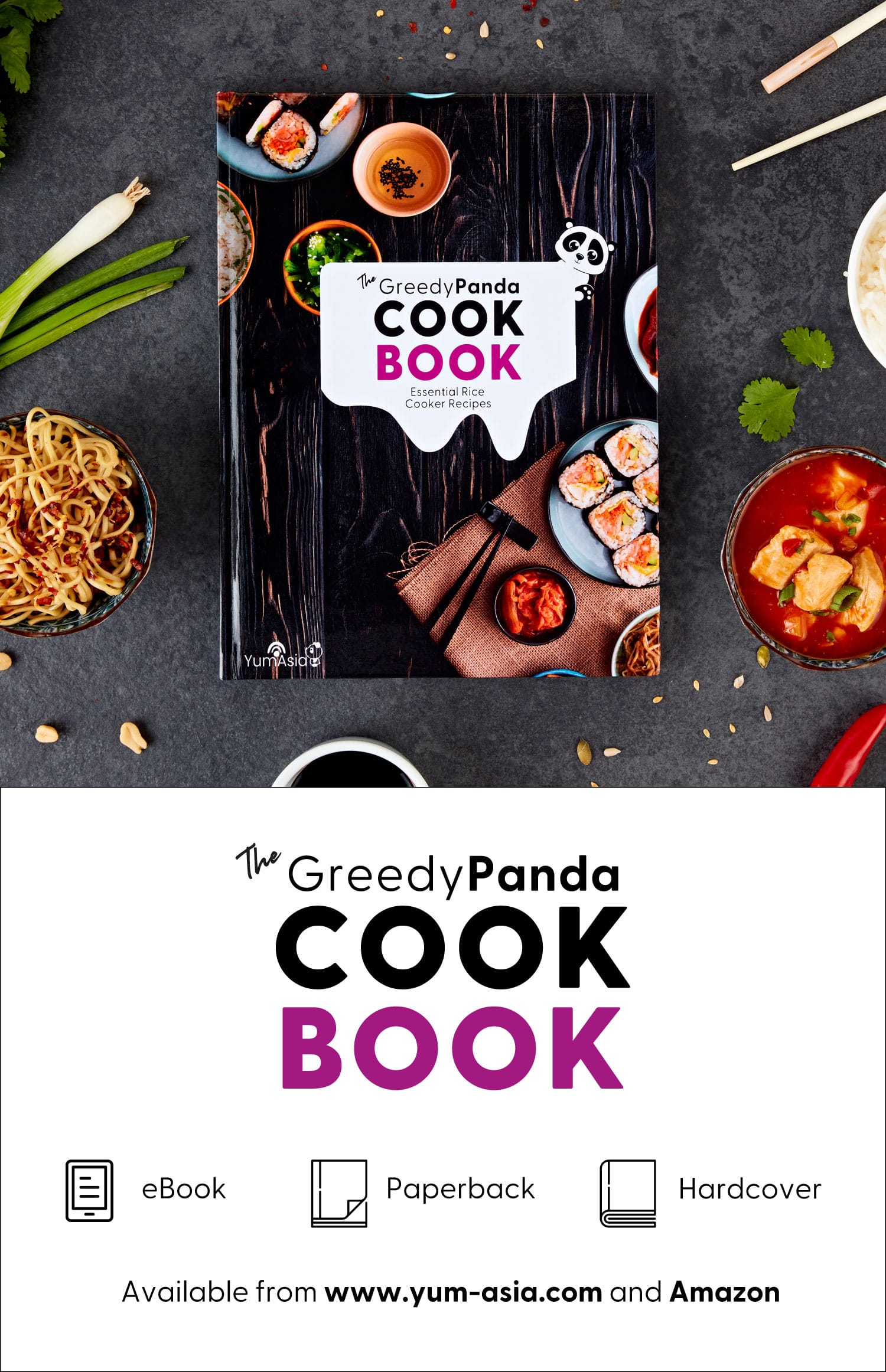
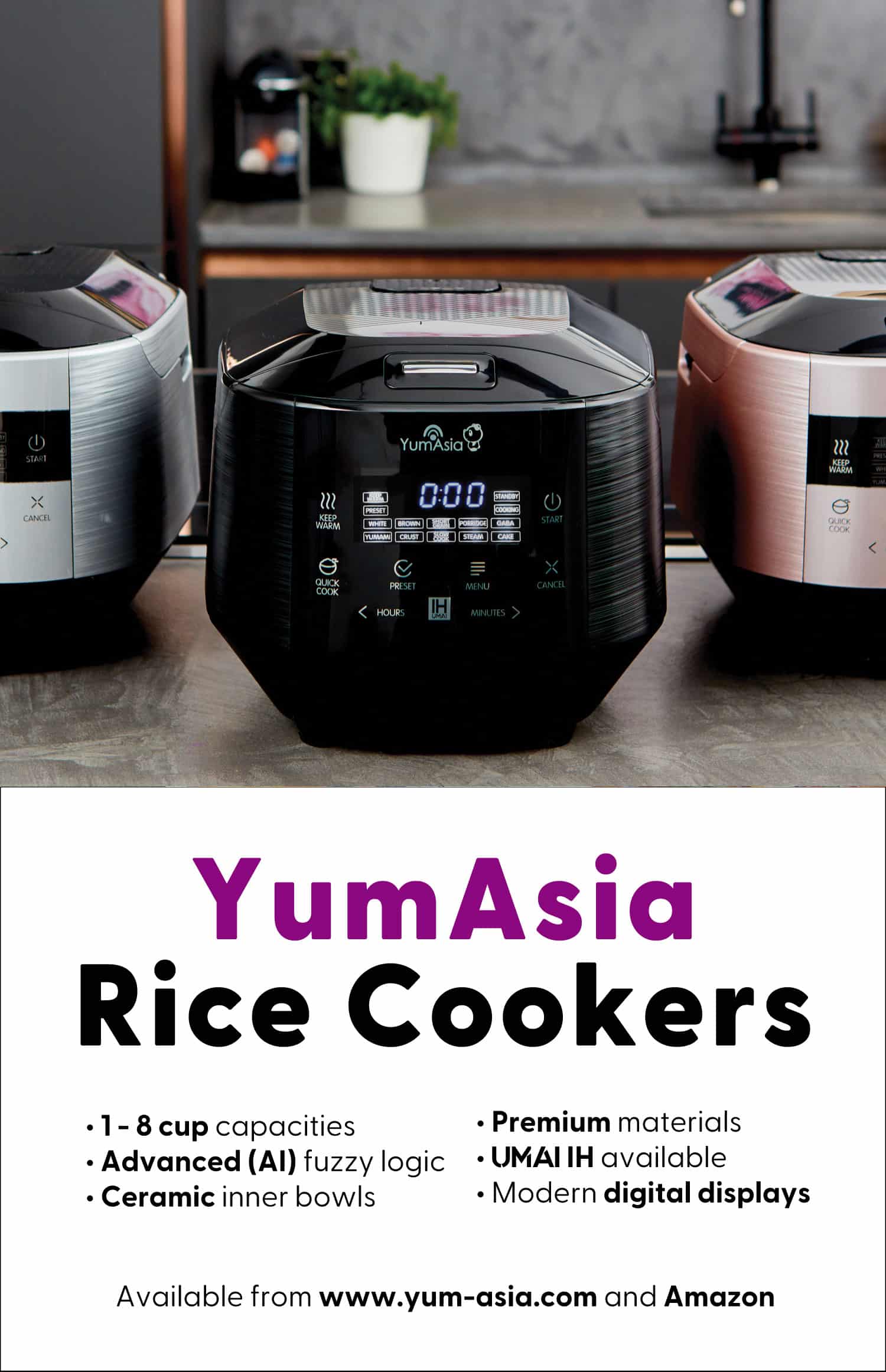
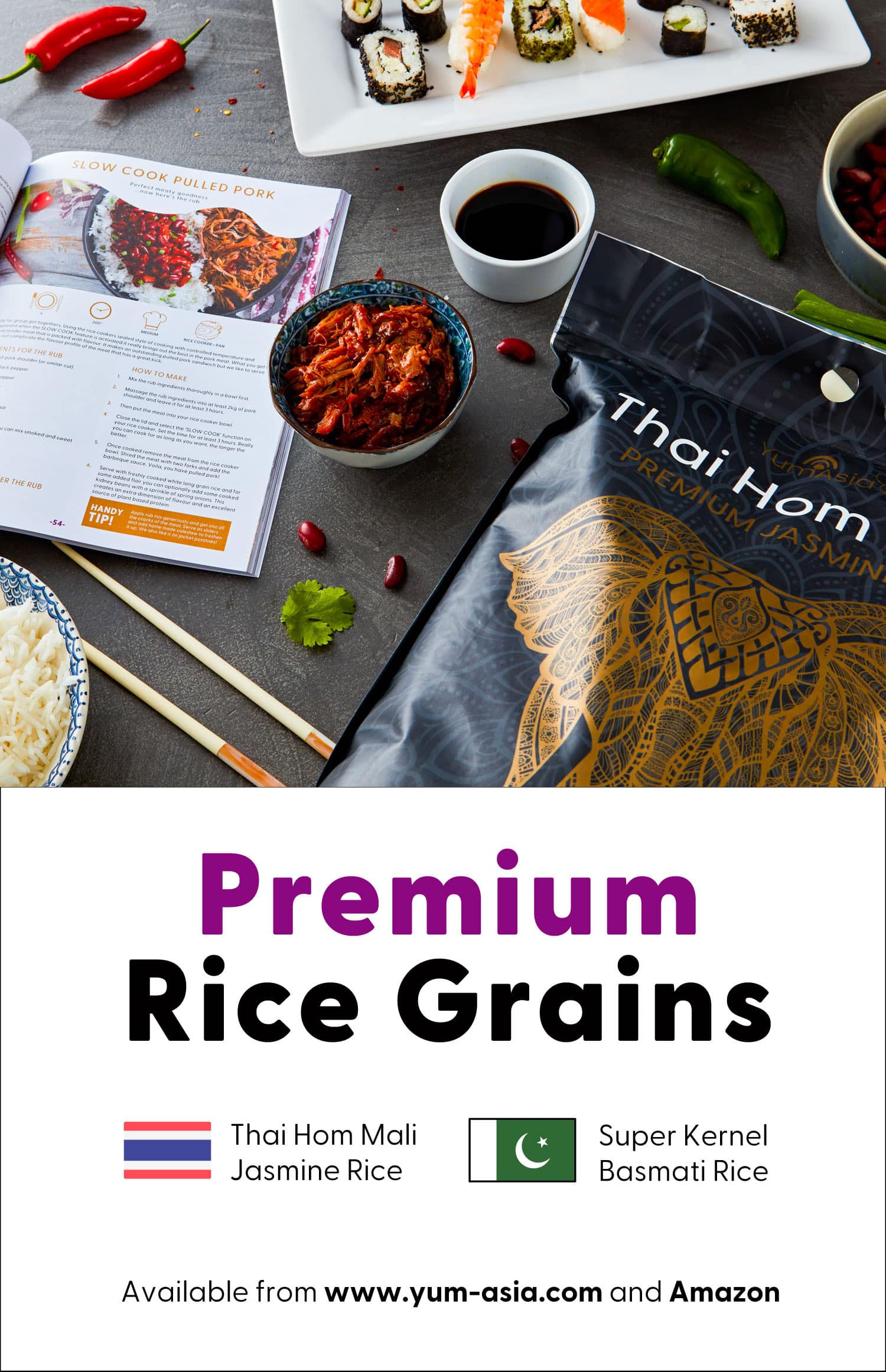
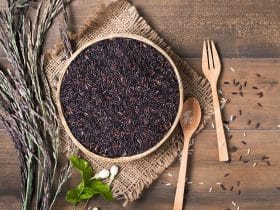
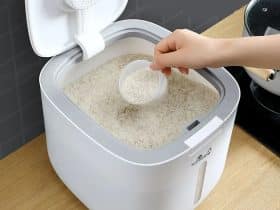
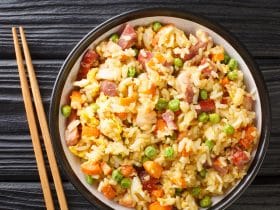


Nothing written in my Zojirushi manual. So half a cup extra water for each cup of rice right ?
Usually on Zojirushi rice cookers there is a ‘sweet’ level on the bowl, this is used for sticky rice. However, several Zojirushi owners have said the lines for ‘sweet’ aren’t very accurate, but perhaps try these marks first and see how the sticky rice turns out.
Well, no. In the manual of the YumAsia Bamboo rice cooker they say that you put half a cup extra to any quantity of rice, so for example rice:water would be 1:1.5; 2:2.5; 3:3.5; 4:4.5 etc. I made it yesterday with two cups of rice and 2.5 cups of water for the mango sticky rice dessert. It turned out way too mushy. So I totally don’t get that adding half a cup extra to any quantity of rice because half a cup to one cup rice is 50% extra while half a cup to 6 cups rice is 8% extra. Go figure. That is in their manual. I also bought their cook book (from YumAsia) and in the cook book the recipe for sticky rice is 1:1 ratio. Go figure…
Hi, as with all rice the amount of additional water needed depends on the rice and how it absorbs water. If additional water makes the rice too sticky, then simply just use the water levels for short grain rice instead.
Hi, what is the water ratio for the following please?
Sticky medium grain rice
Sticky jasmine rice
Separated jasmine rice
Separated basmati rice
Many thanks
Hi, the water measurements for sticky/glutinous rice are in your user manual. For jasmine and basmati rice you follow the long grain water lines on the inner bowl for the amount of rice you are cooking.
I read somewhere that the reason why sticky rice is steamed is because it is fragile. So my question is: can you actually soak overnight and then steam sticky rice in the steam basket? And if so for how long? Thank you.
Hi, steaming is just the traditional way of cooking sticky rice. Some types of sticky rice disintegrate if they are boiled, but our rice cookers don’t boil rice, they use a staged method of cooking which includes a lot of steaming. With a rice cooker no rice needs soaking. We don’t know what steaming basket you are referring to, but if it’s a rice cooker steaming basket then you can’t do this because the holes are too big and the rice will fall through.
Hi if I cooked sticker rice what settings do I go?
Hi Huu, if you are cooking the specific variety of rice called glutinous rice, then there is guidance in the manual about this. You use the short grain setting with the water lines on the bowl for short grain